
Tongue Thrust: Diagnosis and Treatment in Austin TX

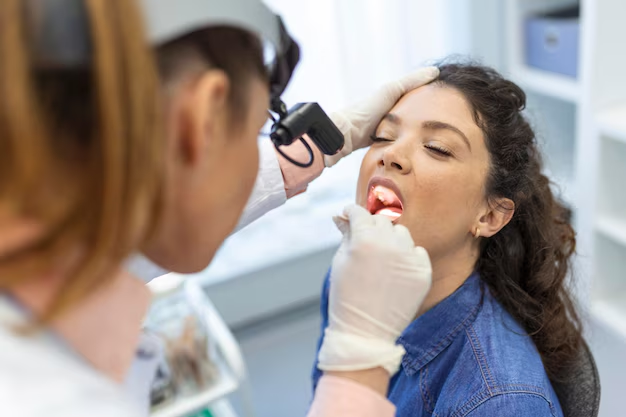
What Causes Tongue Thrust
Tongue thrust can develop due to both genetic and environmental factors.
Early childhood habits often play a crucial role in its development. Common contributing factors include:
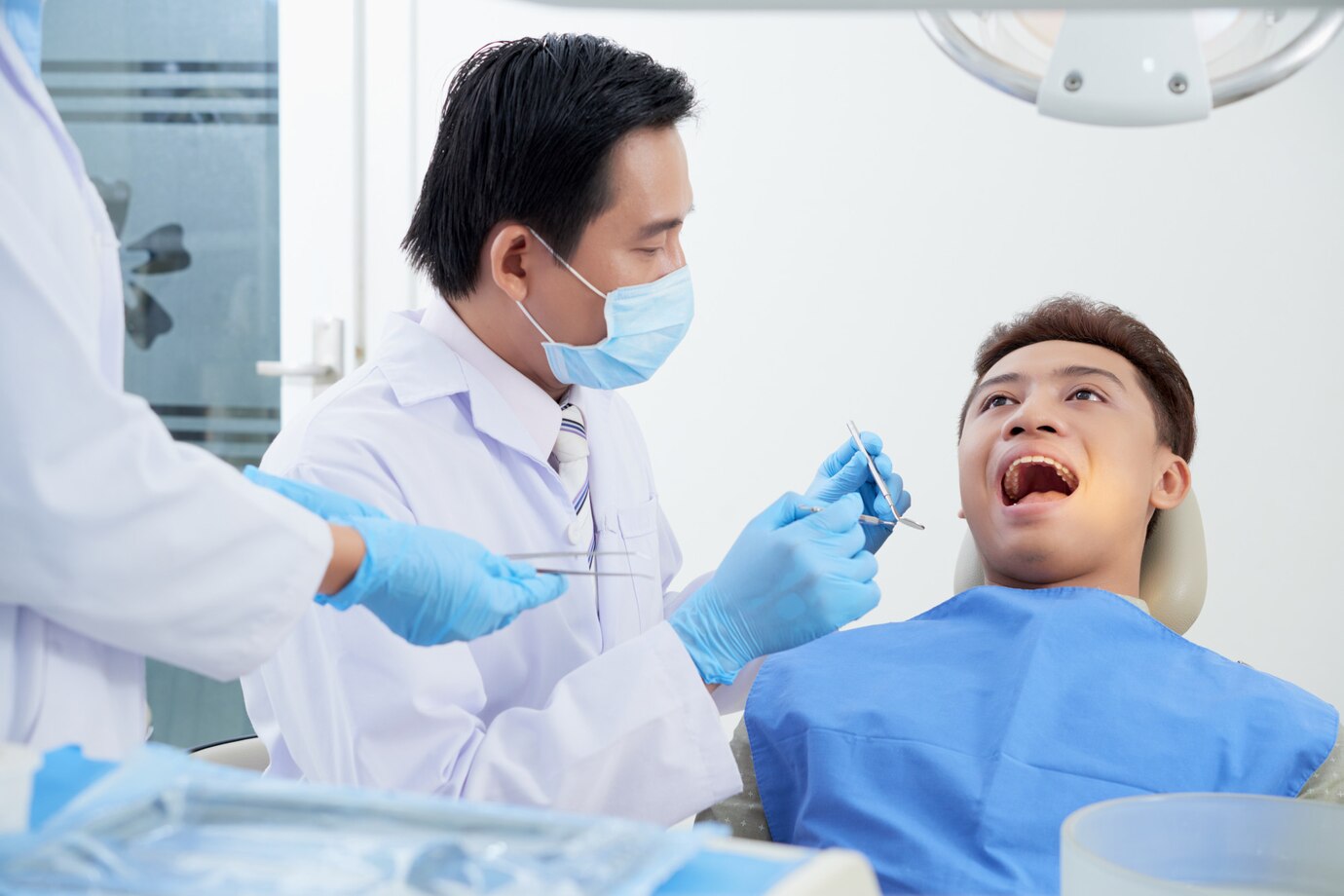
Types of Tongue Thrust
Different variations of tongue thrust can affect oral health and dental alignment in unique ways. The most common type involves forward positioning of the tongue, which can create spaces between teeth and affect bite alignment. Side-pressing patterns can also occur, potentially leading to crossbites and uneven dental wear. Each type requires specific attention and treatment approaches for optimal correction.
Different variations of tongue thrust can affect oral health and dental alignment in unique ways.
Symptoms and Diagnosis
Professional evaluation is essential for accurate diagnosis of tongue thrust. Common indicators include visible spacing between teeth, improper bite alignment, and distinctive swallowing patterns. During examination, specialists observe tongue positioning during rest, speech, and swallowing to determine the presence and severity of the condition.

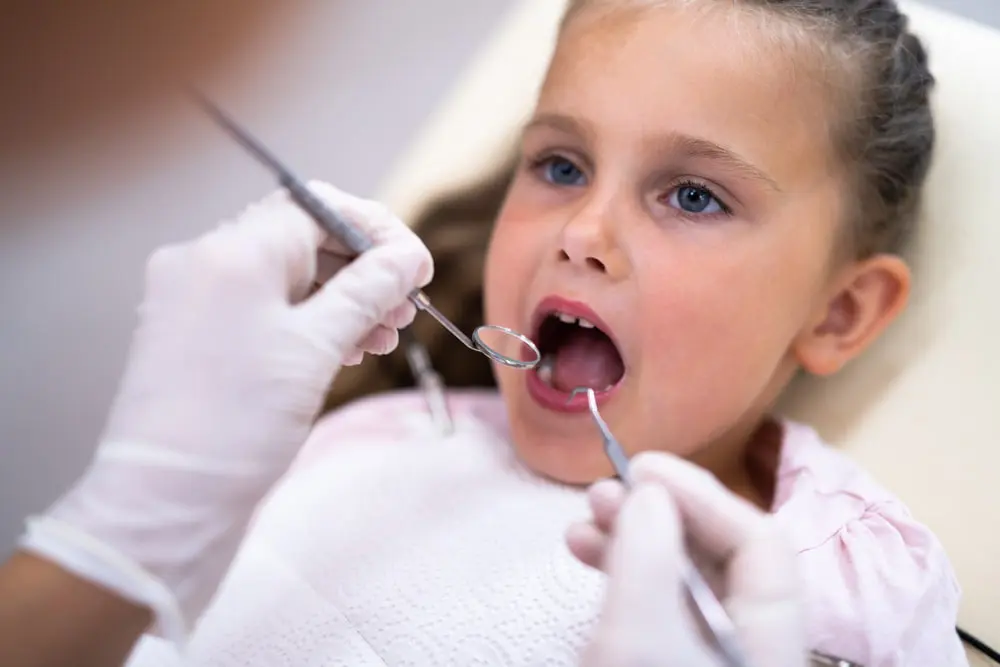
Tongue Thrust in Children
Early intervention is crucial for children showing signs of tongue thrust. Professional evaluation by age 7 can prevent more serious developmental issues later in life. When left untreated, tongue thrust can significantly impact dental development and may require more extensive treatment as the child grows older.
Treatment Options for Tongue Thrust
Treatment approaches focus on retraining tongue position and function through specialized therapy programs. Professional intervention may include behavioral modification techniques and custom treatment plans designed to address individual needs. Success often depends on early detection and consistent follow-through with prescribed exercises and treatments.
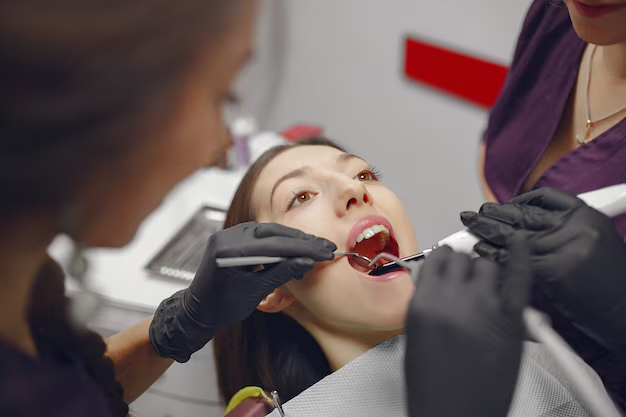
Myofunctional Therapy for Tongue Thrust

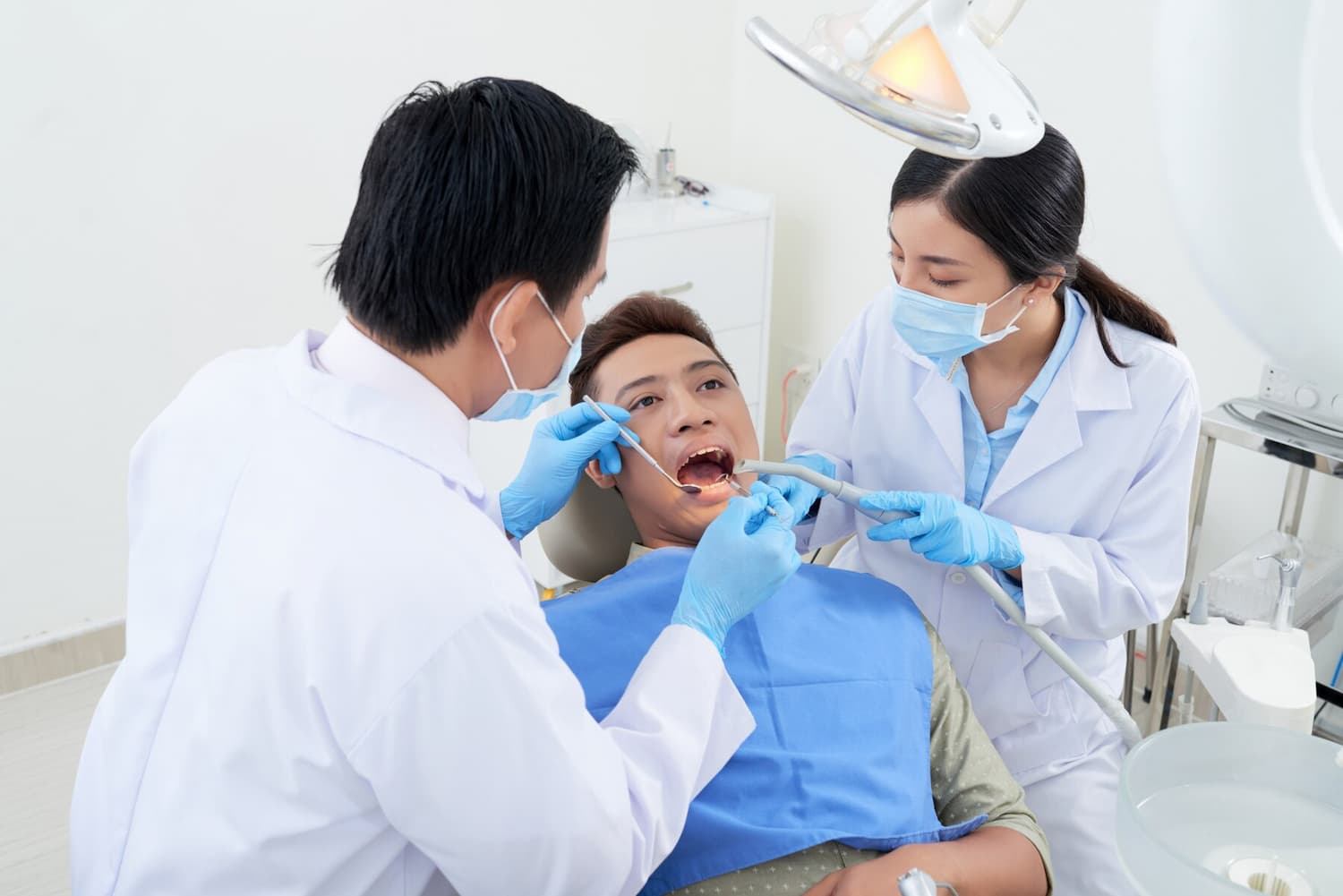
Long-Term Management and Prognosis
FAQ
How do I know if I have tongue thrust?
Signs include visible gaps between teeth, difficulty swallowing normally, and speech challenges like lisping. Professional evaluation is recommended for accurate diagnosis, as these symptoms can also indicate other oral conditions.
Will my teeth straighten naturally if I correct my tongue thrust?
While stopping tongue thrust can prevent further misalignment, existing dental issues typically require professional treatment for correction. Schedule a consultation with a specialist to discuss your specific situation and treatment options.
How can tongue thrust affect orthodontic treatment?
Tongue thrust can impact the success of orthodontic treatment by potentially causing resistance to tooth movement and extending treatment duration. Professional evaluation and concurrent treatment of tongue thrust may be necessary for optimal results.